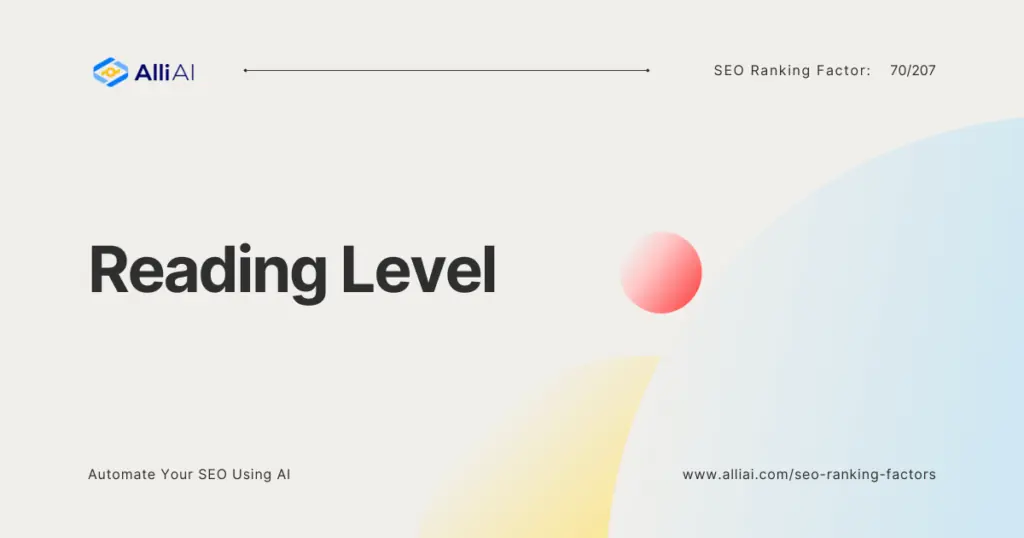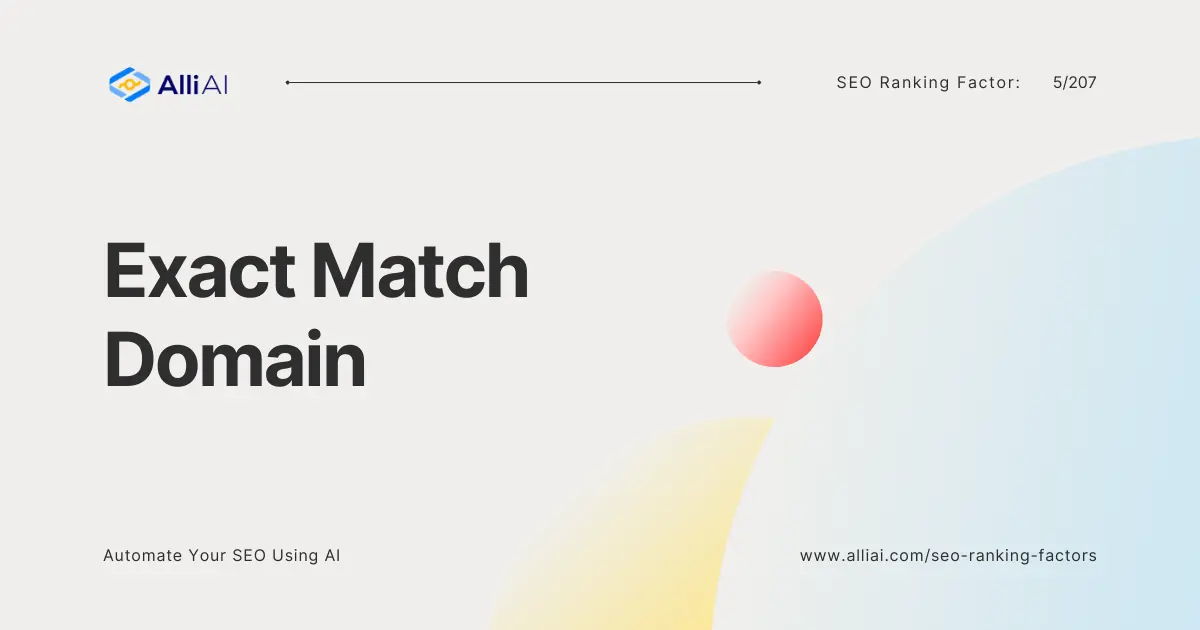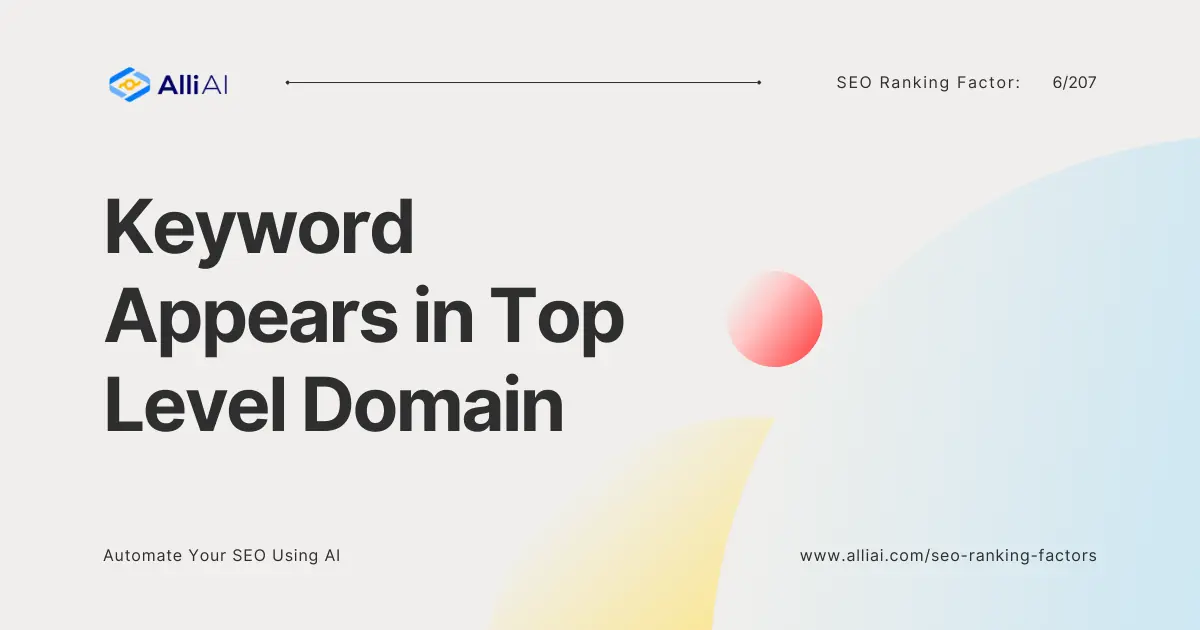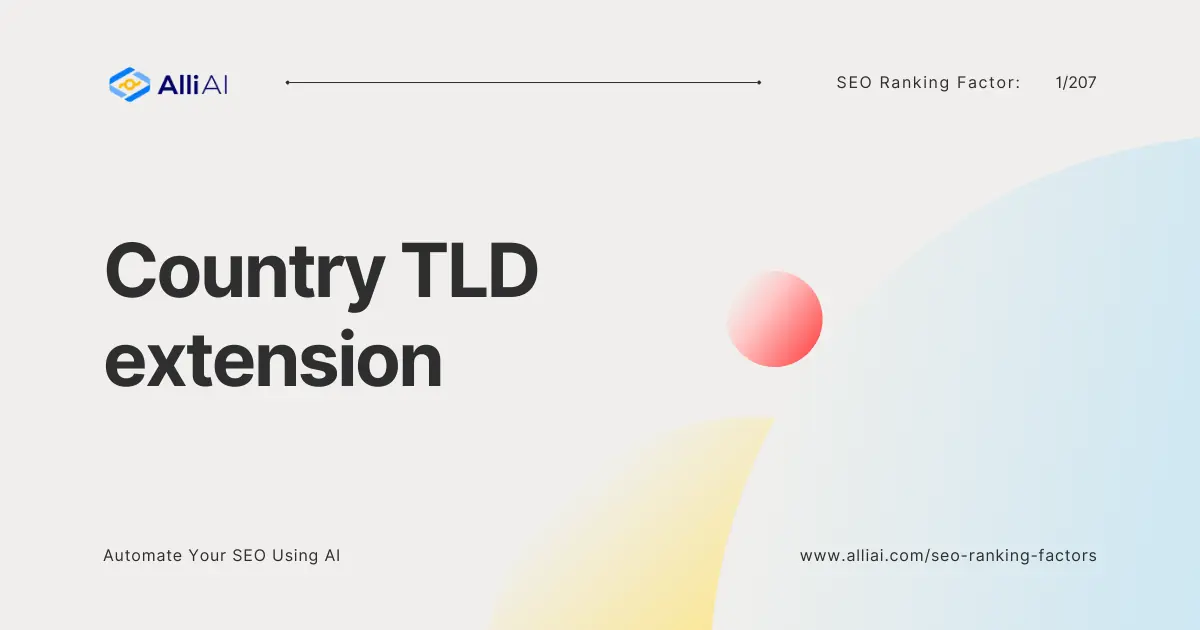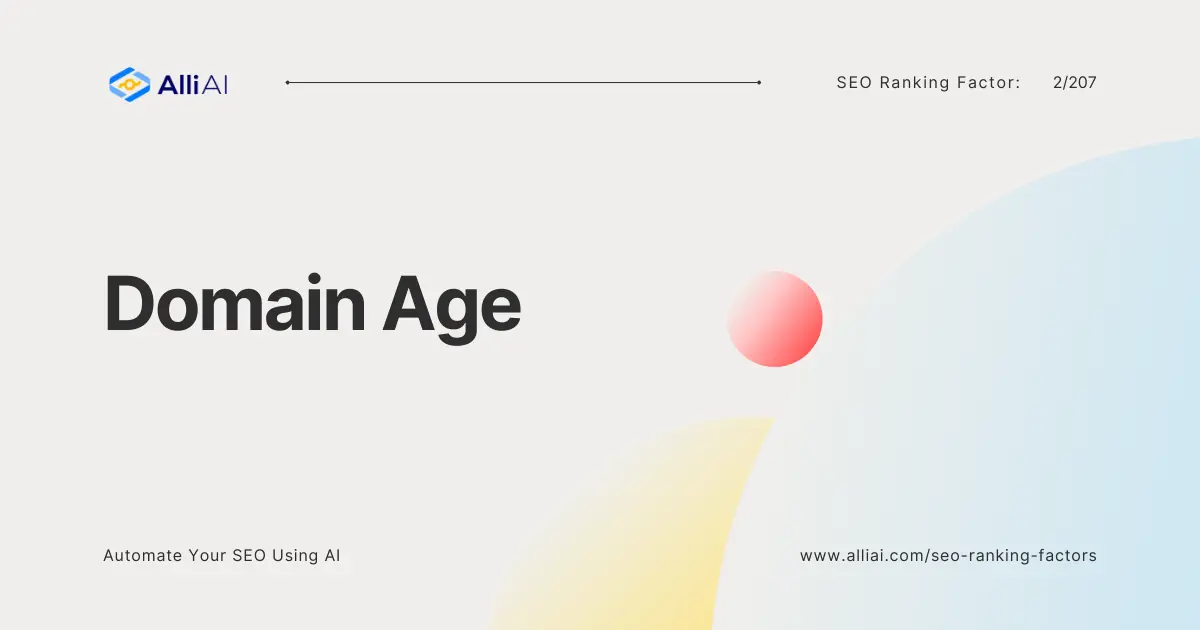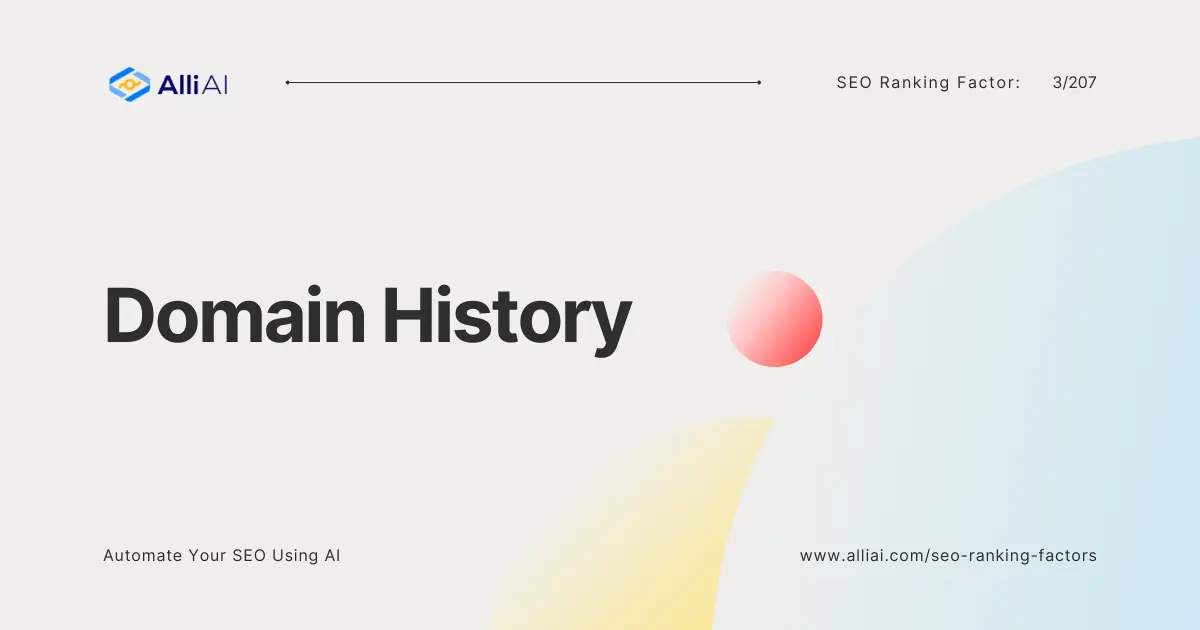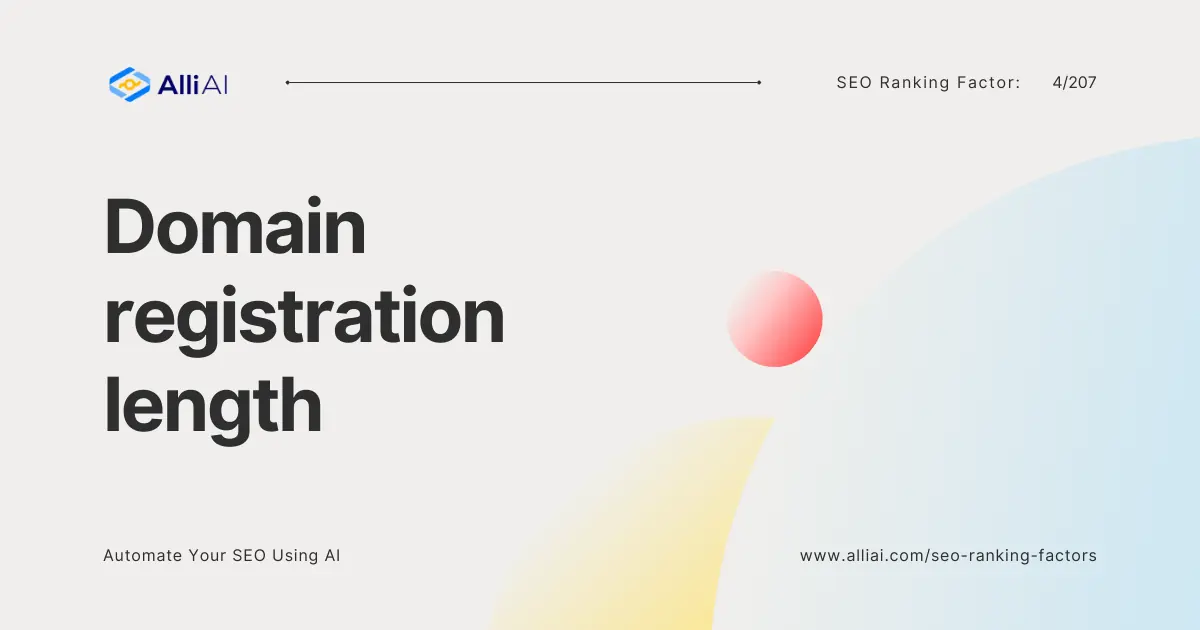What is Reading Level?
The Reading Level of online content refers broadly to the accessibility of text based on its complexity, vocabulary, sentence structure, and more. Essentially, it gauges how easy or difficult it is for someone to understand the text upon first reading. Think of it as comparing the reading experience to entering buildings of varying designs: some have wide, welcoming doors (simple, easy-to-read content) whereas others might require a special key or knowledge to enter (content with complex vocabulary and structure).
In SEO and content creation, the Reading Level is determined by algorithms that analyze text to judge how approachable it is for a general audience. Factors like the length of sentences, the use of passive vs. active voice, and the complexity of vocabulary all play a role in determining the reading level. Tools like the Flesch-Kincaid Readability Tests provide scores that indicate how easily someone could understand the content.
Imagine going to a restaurant with a menu written in highly technical gastronomic terms versus one with simple, understandable descriptions of each dish. The ease with which you can understand the menu and make a choice is like the reading level of content. Just as the menu needs to be understood by patrons, content needs to be accessible to its intended audience.
Why is Reading Level important in SEO?
The Reading Level of your content significantly impacts user experience, engagement, and ultimately, site ranking. Search engines aim to provide users with the most relevant and accessible information. If your content resonates well with the audience’s reading abilities, it can help reduce bounce rates, increase time spent on your site, and improve overall engagement, all of which are positive signals to search engines.
How Reading Level affects SEO?
Search engines, especially Google, consider user experience as a pivotal aspect of website ranking. The accessibility of your content directly influences this. Here’s how:
1. User Engagement:
Content with an appropriate reading level for your audience can dramatically improve user engagement metrics like time on site, page views, and bounce rate. Engaged readers are more likely to share and link to your content, increasing its reach and backlink profile.
2. Reach and Inclusivity:
By adjusting the reading level, you can make your content more inclusive, reaching a wider audience. This can be especially crucial in niches that naturally have complex information, where simplifying content can make it accessible to novices.
3. Content Relevance and Authority:
Search engines look favorably on content that effectively meets the user’s search intent. A well-adjusted reading level ensures that your content is not only found but also valued and understood by visitors, establishing your site as an authoritative source in your niche.
Studies have shown a strong correlation between readability and online engagement. For instance, the Nielsen Norman Group has extensive research indicating that lower reading levels can significantly enhance comprehension and usability for a wider audience range, regardless of their initial reading proficiency ([Nielsen Norman Group](https://www.nngroup.com/articles/website-reading/)).
Moreover, a survey from the Content Marketing Institute highlights the importance of understanding your audience to fine-tune the reading level of your content for better engagement and conversion rates.
FAQ
How do I determine the reading level of my content?
Various tools and software can analyze your content’s reading level, such as the Flesch-Kincaid Grade Level and Readability Score tools. These tools give you an indication of the complexity of your text and suggest the education level needed to understand it.
Does the ideal reading level vary by industry?
Yes, the ideal reading level can vary significantly by industry, depending on the typical audience’s expectations and knowledge base. For instance, academic or professional audiences might expect and understand higher-level vocabulary and complex structures, whereas a general consumer audience might benefit from simpler, more direct content.
How can I improve the reading level of my content?
Improving the reading level of your content can involve several strategies, such as using simpler words and sentences, breaking up long blocks of text with subheadings or bullet points, and actively choosing a tone and vocabulary that matches your audience’s reading habits and preferences.
Conclusion
Understanding and adjusting the reading level of your content is a fundamental aspect of SEO that enhances user experience and site engagement. It ensures that your content is accessible, enjoyable, and valuable to your target audience, contributing significantly to your site’s search engine rankings. By carefully considering your audience’s needs and using tools to gauge and adjust your content’s complexity, you can create more effective, readable, and SEO-friendly content. Remember, making your content accessible does not mean diluting your message; rather, it’s about ensuring that your message is received and understood by as wide an audience as possible.
